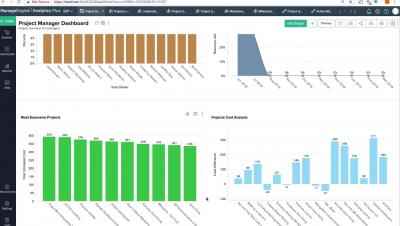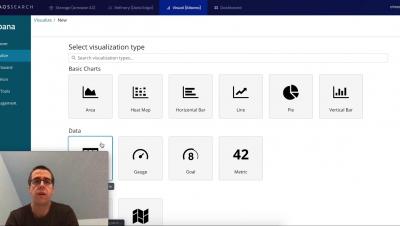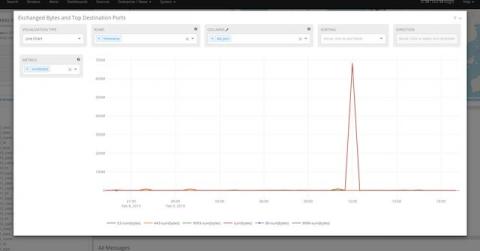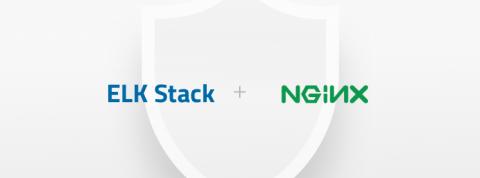Operations | Monitoring | ITSM | DevOps | Cloud
Analytics
Using the CHAOSSEARCH platform to analyze Major League Baseball Stats
Understand where your Amazon AWS spend is going with CHAOSSEARCH
Analyze open source software projects with the CHAOSSEARCH platform
Deploying a Kubernetes Cluster with Amazon EKS
There’s no denying it — Kubernetes has become the de-facto industry standard for container orchestration. In 2018, AWS, Oracle, Microsoft, VMware and Pivotal all joined the CNCF as part of jumping on the Kubernetes bandwagon. This adoption by enterprise giants is coupled by a meteoric rise in usage and popularity. Yet despite all of this, the simple truth is that Kubernetes is hard.
Elastic is a Search Company
Rails Logger and Rails Logging Best Practices
Logging provides critical value to applications with insight to usage, stats, and metrics, and saves us when debugging a problem. But we often leave logging to poorly implemented afterthoughts. So what should we know to get the most out of our logging? We will look at the Rails logger and some logging best practices.
An Introduction to Graylog Aggregation Charts
It’s Sunday afternoon, and you’re having a nice relaxing weekend, sitting down watching your favorite sporting event. While enjoying the game, you get a high alert email on your phone, noting something’s going on and you need to jump into action. What do you do in these high stress times? Every second counts, and everyone is waiting on you to tell them what’s happening.
IBM Think 2019 (San Francisco) - Event Recap
With sessions on cloud, big data, and A.I., to training courses, certifications, and hands-on labs, IBM Think 2019 in San Francisco was full of innovation and learning. From talks on emerging technologies and industry trends, the overall theme of the event was clear – IBM is betting on the next chapter of cloud: multi-cloud, Kubernetes, containers, microservices and open-source.
Securing the ELK Stack with Nginx
If you’ve been following Elasticsearch-related news over the past few months, you’ve most likely heard about a series of cases in which sensitive data stored in Elasticsearch clusters was exposed. Here’s a recap just in case — Equifax, CITI, AIESEC to name just a few.











